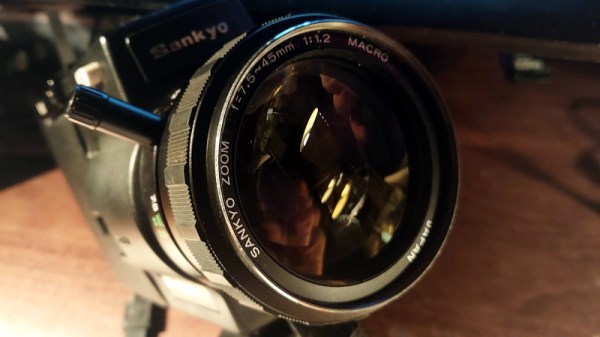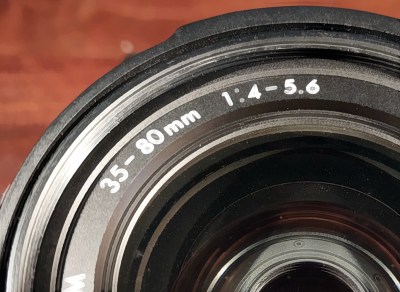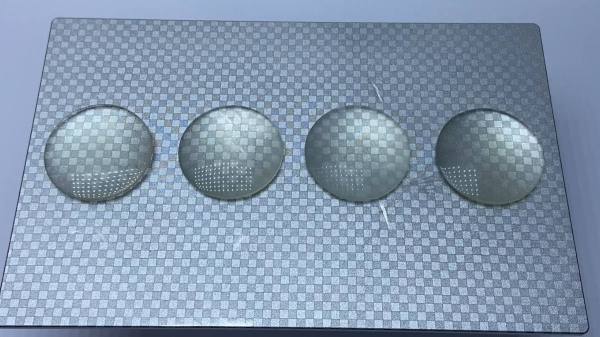If you have ever played around with lenses, you’ll know that a convex lens can focus an image onto a target. It can be as simple as focusing the sun with a magnifying glass to burn a hole in a piece of paper, but to achieve the highest quality images in a camera there is a huge amount of optical engineering and physics at play to counteract the imperfections of those simple lenses.
Many of us in the hardware world aren’t optical specialists but our work frequently involves camera modules, so [Matt Williams]’ piece for PetaPixel laying out a primer on lens design should be essential reading well beyond its target audience of photographers.
In it we learn how a photographic lens is assembled from a series of individual lenses referred to as elements, combined together in groups to lend the required properties to the final assembly. We are introduced to the characteristics of different types of glass, and to the use of lens coatings to control reflections. Then we see examples of real lens systems, from some famous designs with their roots in the 19th century, to the lenses of today.
Sometimes a piece written for an entirely different audience can bring really useful insights into our field, and this is one of those times. We learned something, and we think you will too.
Header image: 4300streetcar, CC BY 4.0.



![[miko_tarik] wearing diy AR goggles in futuristic setting](https://hackaday.com/wp-content/uploads/2024/11/diy-ar-goggles-1200.jpg?w=600&h=450)
![[miko_tarik] wearing diy AR goggles](https://hackaday.com/wp-content/uploads/2024/11/diy-ar-goggles-smallphoto.jpg?w=400) Creating Zero wasn’t simple. From designing the frame in Tinkercad to experimenting with transparent PETG to print lenses (ultimately switching to resin-cast lenses), [mi_kotalik] faced plenty of challenges. By customizing SPI displays and optimizing them to 60 FPS, he achieved an impressive level of real-time responsiveness, allowing him to explore AR interactions like never before. While the Raspberry Pi Zero’s power is limited, [mi_kotalik] is already planning a V2 with a Compute Module 4 to enable 3D rendering, GPS, and spatial tracking.
Creating Zero wasn’t simple. From designing the frame in Tinkercad to experimenting with transparent PETG to print lenses (ultimately switching to resin-cast lenses), [mi_kotalik] faced plenty of challenges. By customizing SPI displays and optimizing them to 60 FPS, he achieved an impressive level of real-time responsiveness, allowing him to explore AR interactions like never before. While the Raspberry Pi Zero’s power is limited, [mi_kotalik] is already planning a V2 with a Compute Module 4 to enable 3D rendering, GPS, and spatial tracking.













